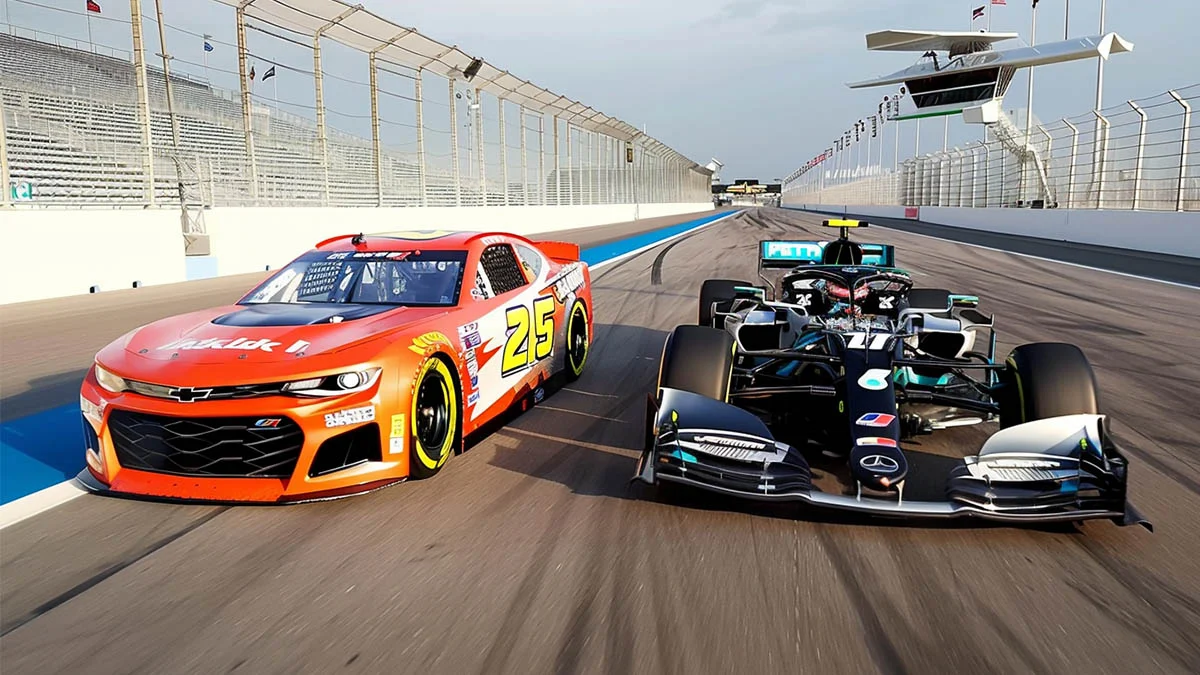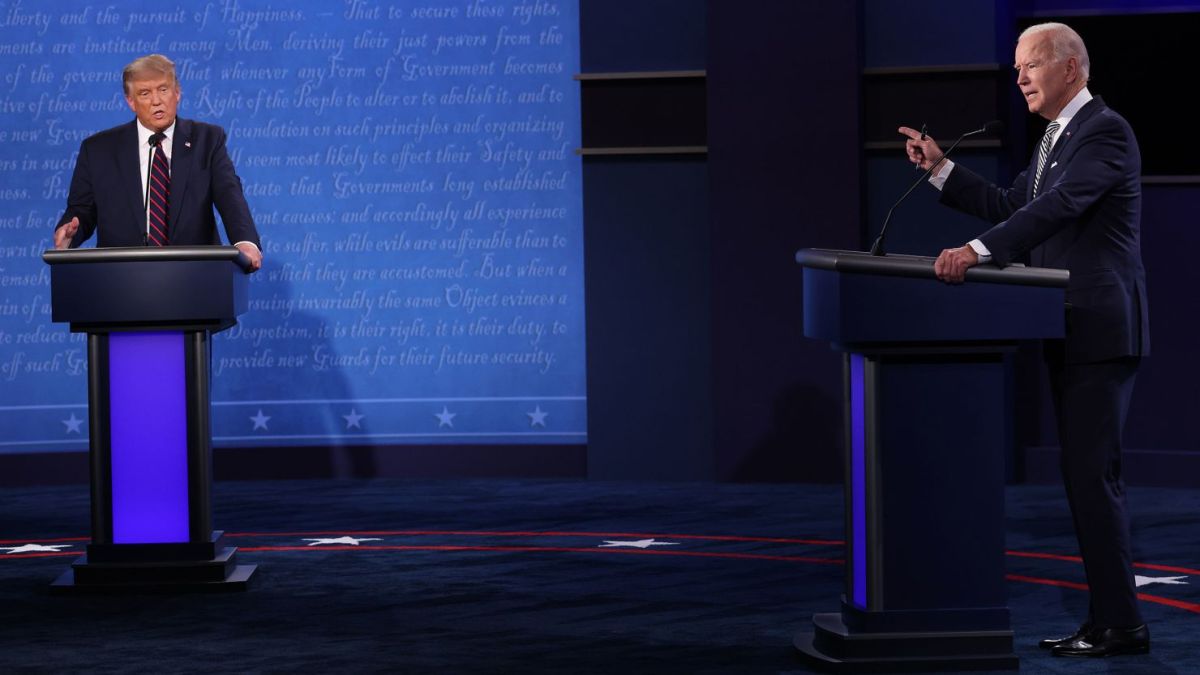In the past five years, the National Association for Stock Car Auto Racing (NASCAR) viewership has seen a concerning decline. Once a popular spectacle in the motorsport world, NASCAR has continuously fallen in popularity while other motorsports such as F1 have risen to astronomic heights in the past couple of years.
At its height, NASCAR viewership for the Daytona 500 hit over 19 million in 2006. In 2021, NASCAR Daytona 500 (NASCAR’s most famed motor race held annually) saw a record-low audience of 4.9 million. Since then, NASCAR viewership has struggled to break through the 10 million mark it once consistently earned.
F1 generally appeals to the younger audience, as it provides a fresher, faster and more modern take on motorsports. NASCAR, on the other hand, has failed to reach a global audience and holds on to the stereotypical label of being a “redneck” American motorsport.
Motorsports like F1 are the pinnacle of race car technology, while NASCAR is a more forgiving motorsport that plays rough. F1 is able to appeal to the younger demographic due to its status of being an elegant and luxurious sport with some of the fastest cars in the world. Social media caught on to the growth of F1, and since then, F1 has significantly grown in popularity amongst a younger and larger audience.
“F1 has a lot of aspects in it that don’t just include the car and the race,” Lambert junior Vikrant Pansari explained. “It has driver personalities being shown a lot, the cars being different for each team… there are two different parts, the engineering side of F1 and the racing side, which just gives F1 such a bigger audience.”
F1 racers like Lewis Hamilton and Max Verstappen have become global superstars and household names in the racing world. In comparison, NASCAR’s current greats such as Jimmie Johnson or Kyle Busch were famed racers who peaked in the early 2000s, but their times have passed with them being significantly older and less relevant. They do not receive as much media attention as the younger and more relevant F1 racers, and the larger picture shows that most NASCAR drivers have either retired or passed away. Legendary NASCAR drivers such as Dale Earnhardt and Jeff Gordon, who were once the most talked about racers, are prime examples of this trend.
Unless NASCAR globalizes and reaches a larger audience, it will likely follow the decline it has been on track for the past 5 years.
“NASCAR can definitely become popular again,” Pansari explained. “It’ll take some time because a big thing that brings audiences more connected are team rivalries, which NASCAR doesn’t have right now.”
F1’s recent boom in popularity can largely be credited to the Netflix TV show “Formula 1: Drive to Survive,” which dramatized F1. As of now, NASCAR has considerable amounts of catching up to do for it to become as culturally relevant as it used to be in the early 2000s.
















